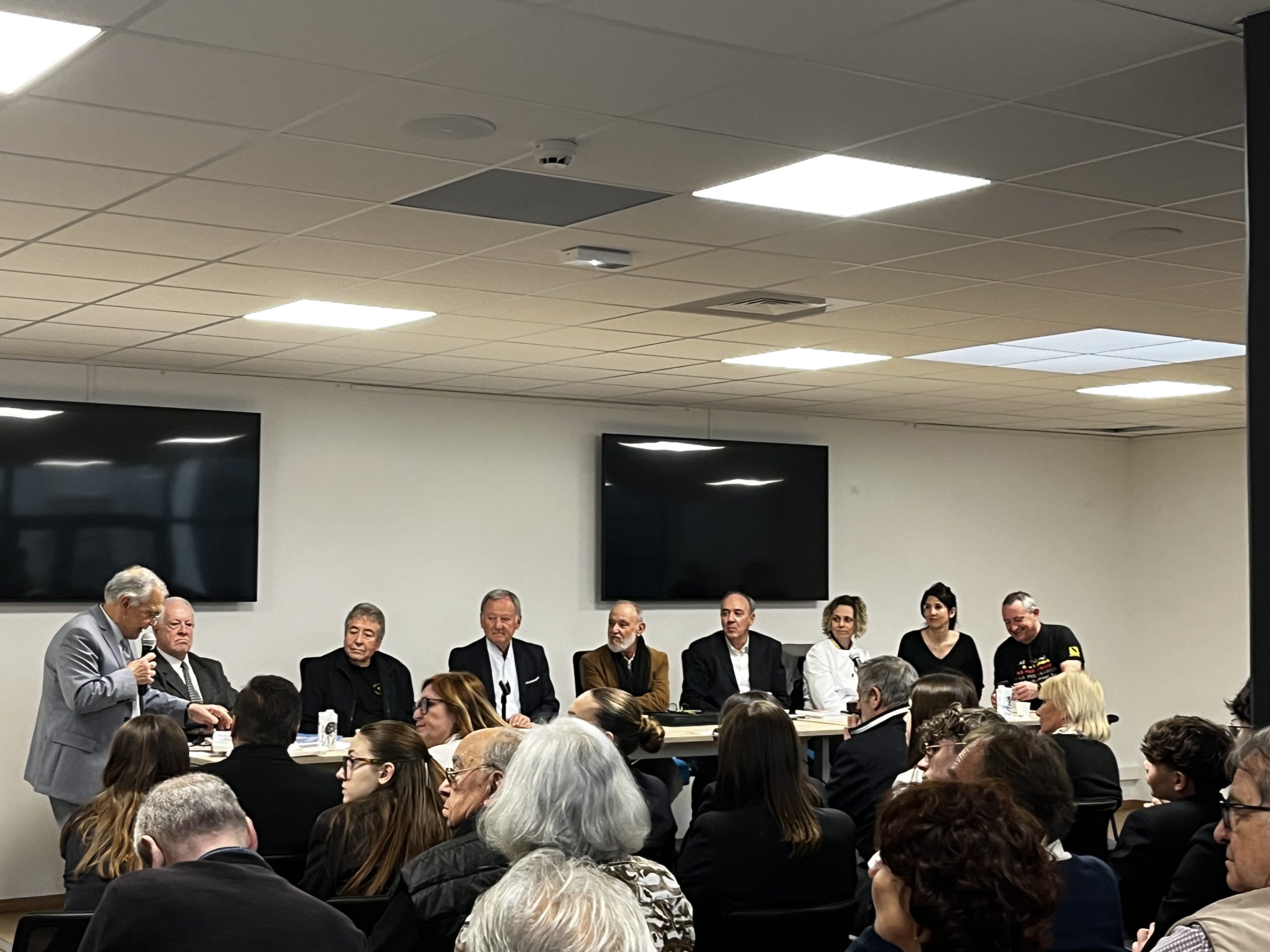Last weekend, a conference on Niçoise cuisine was held to celebrate the 110th anniversary of the hospitality school in Nice.
During this conference, we heard several speakers discuss the importance of Niçoise cuisine worldwide. Christian Coran, the president of Capelina d’or, stated that it is crucial for young people to understand the importance of Nice’s traditions to “carry the torch forward.” This cuisine is even part of the national intangible cultural heritage.
To defend this heritage, several associations are present to highlight the importance of protecting this culinary treasure. Also, Niçoise-certified restaurant chefs, Christelle Pignon and Sara Issautier, are two chefs who adhere to the fundamentals of Niçoise cuisine.
Rudy Salles is the delegate president of the Nice Côte d’Azur metropolitan tourism office. He was present at this conference and manages the Niçoise cuisine label. This label plays an important role in classifying Niçoise cuisine and snacks like Pan Bagnat or Socca. To distribute the Niçoise cuisine label, the establishment must adhere to traditional recipes and product quality.
Promotions of Niçoise Cuisine
To promote the cuisine, the tourism office manages the Niçoise kitchens workshop. Visitors learn to cook Niçoise dishes. This workshop is very popular among foreigners, especially Americans who are very interested in the Niçoise cuisine brand.
Bernard Deloupy, a Niçoise writer, also shares his involvement in promoting this culture. His crime novels are set in Nice, thus providing publicity for Niçoise merchants. “It’s also a tool, a vector for promoting Nice,” he says.
Or like Michel Jocaille, a catering chef who features zucchini blossom-shaped caps, pepper mills, and salt shakers. One of Michel Jocaille’s specialties, which he works in various ways, in breadsticks, or even in chutney.


